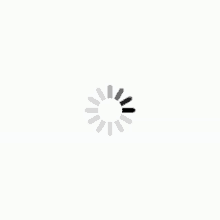All artwork is available for purchase, rent or staging.

I first learned photography in a journalism school and was advised to avoid taking courses in the art department because they were so ‘unstructured and inefficient.’ Then I enrolled in a technical institute for a Masters of Fine Arts degree in photography, and again was discouraged from taking art courses. Now after years, decades actually, of finding my own way, I realize that I have more in common with printmakers and painters than with most photographers. It is the quality of the print, the size, tonality, surface and edges, that matter to me often more than the subject. I try to make the viewer aware that they are looking at a manipulated image on a sheet of paper, an illusion, rather than an optically correct recording of an object created by a fine lens. I am more concerned with the feel of a print than the information recorded. There is very little objectivism in my work.
Most of my photographs are black & white, because it invites more involvement or interpretation than color. I consider a framed print in an exhibit the ultimate form of a finished image rather than reproduction. I like making big prints that allow the viewer to turn their head to see from corner to corner. And it is exciting to handle big sheets of wet paper that can easily be ruined in the processing or toning. Most of my subjects look better big, or perhaps I choose subjects that ought to be big.
Several recent projects involve architectural subjects that have histories that are interesting to discover. I learned about Rochester’s Big Trees, the Powers Building, Public Art, Bridges, and Frederick Law Olmstead’s Parks while I was photographing them. The current project, dining rooms with tables set for family gatherings, may seem different, but they too are places where stories are shared. The dining room is where family history is discussed and created.
My projects tend to find me rather than me choose them. I can often recognize links to work done years earlier when I open old portfolios or look through boxes of reject prints. Those odd experiments or stained prints might lead to a new direction years later. I am a Gemini (that might explain everything) and I am comfortable doing more than one project at a time. I seem to shift easily from fairly straight photography to a more manipulated series that relies on impulse and intuition rather than tradition.
I find it difficult to write about my photographs because I am usually working toward something that I can’t express, and when I can finally explain what I was doing clearly, the energy is gone and the project is finished.
View This Artist's Collection
